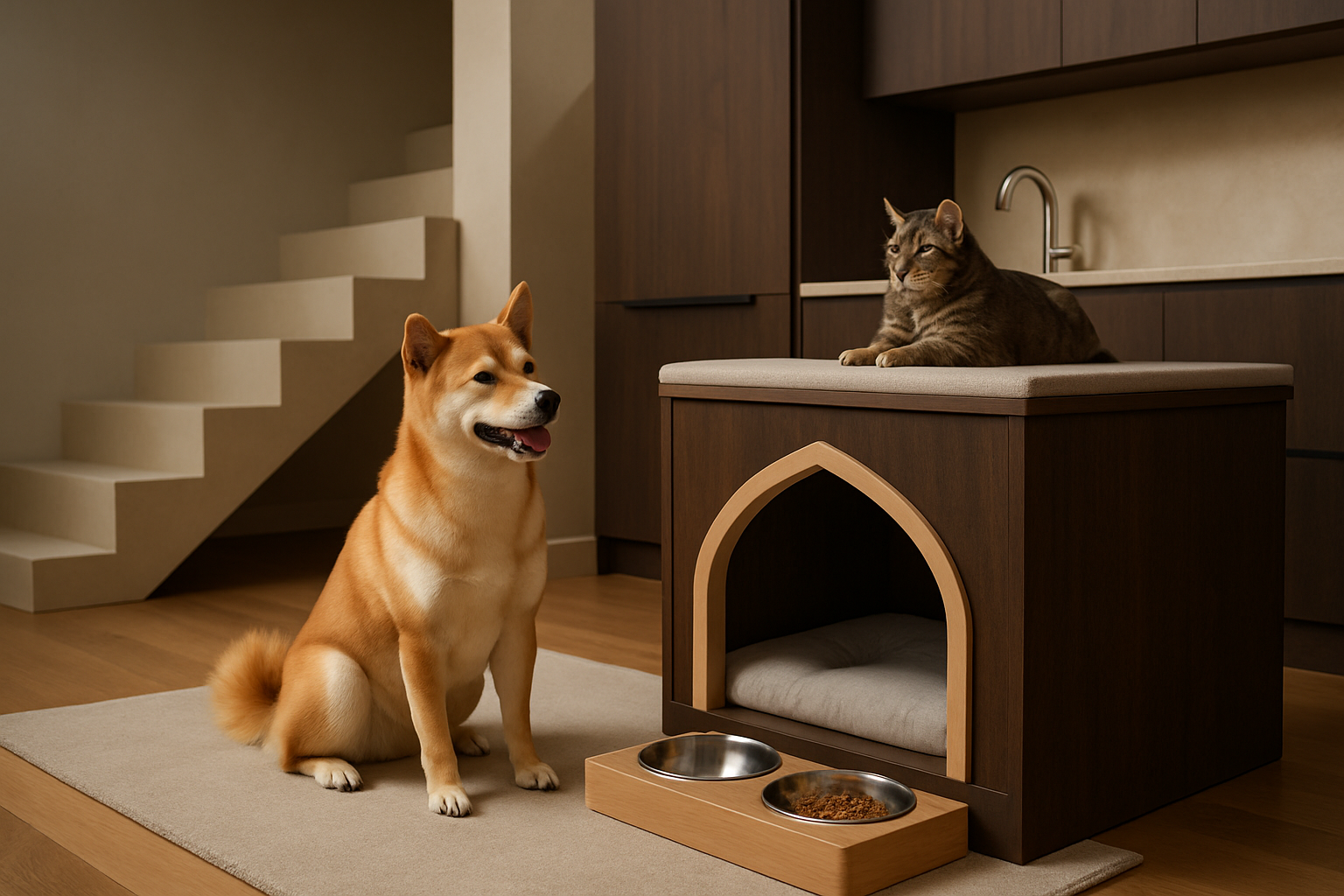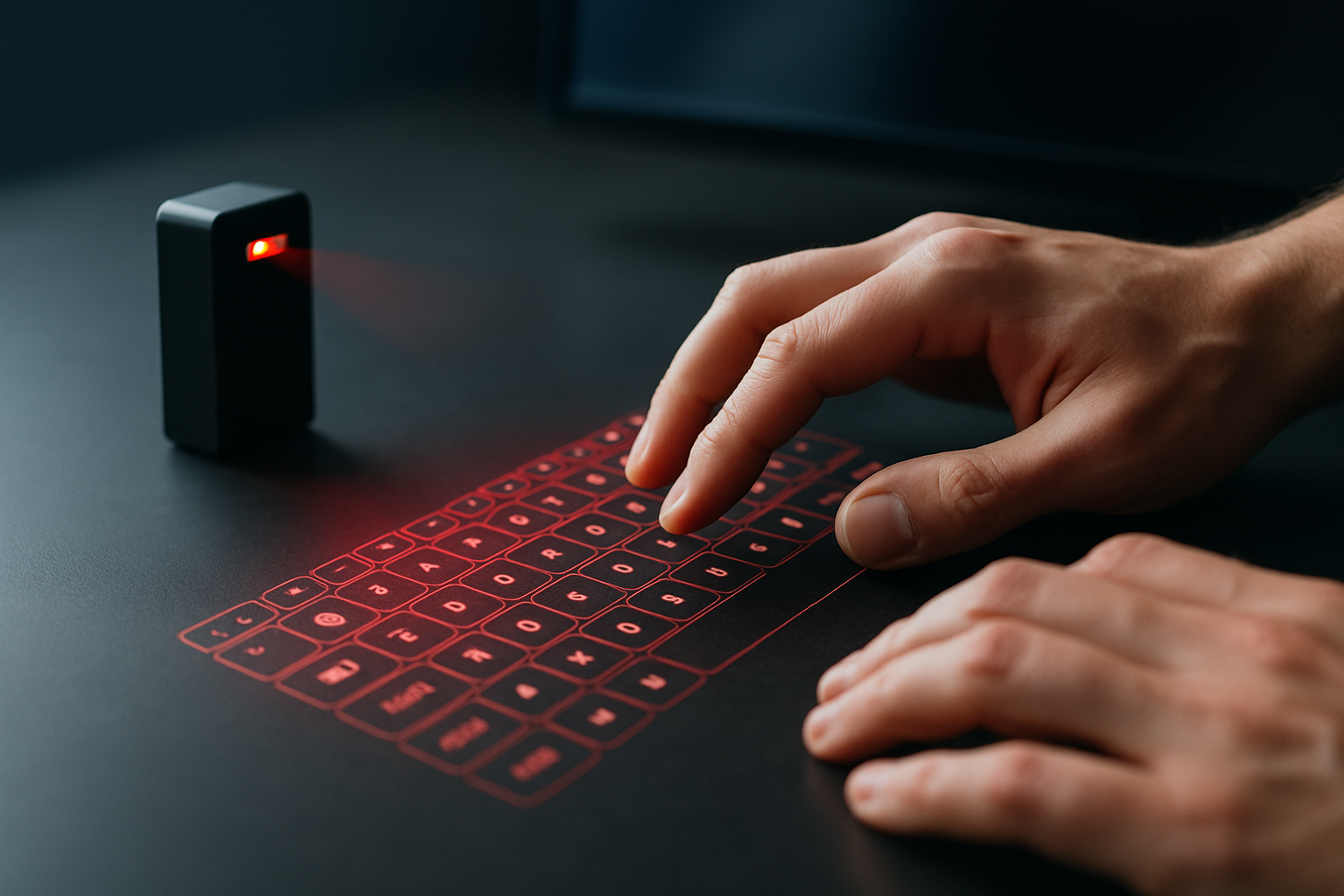Barkitecture: The Art of Designing Luxe Spaces for Pets
In a world where pets are increasingly treated as cherished family members, a new trend is emerging that's taking the home design world by storm: Barkitecture. This innovative approach to interior design focuses on creating stylish, functional spaces specifically tailored for our furry friends. From custom-built doggy nooks to cat-friendly vertical spaces, Barkitecture is revolutionizing the way we think about pet-inclusive home design.

The Origins of Barkitecture
The concept of Barkitecture isn’t entirely new, but its recent surge in popularity can be traced back to the early 2010s. As the pet industry boomed and millennials began treating their pets more like children, designers started to recognize the need for more thoughtful integration of pet spaces within homes.
Initially, Barkitecture manifested in simple DIY projects – a repurposed end table turned into a dog bed, or a bookshelf modified to include cat perches. However, as demand grew, professional designers and architects began to take notice, elevating the concept to new heights of sophistication and style.
Key Elements of Barkitecture
At its core, Barkitecture is about creating spaces that cater to the needs of pets while maintaining the overall aesthetic of the home. This involves several key considerations:
-
Functionality: Designs must address the practical needs of pets, such as comfortable sleeping areas, easy access to food and water, and designated play spaces.
-
Safety: Pet-friendly materials and designs that minimize potential hazards are essential.
-
Aesthetics: Barkitecture aims to seamlessly integrate pet spaces into the home’s overall design scheme, ensuring they enhance rather than detract from the decor.
-
Durability: Given the wear and tear pets can inflict, materials and designs must be robust and easy to clean.
-
Species-specific needs: Different pets have different requirements, so Barkitecture often involves tailoring designs to specific animals, be they dogs, cats, or even smaller pets like rabbits or hamsters.
Innovative Barkitecture Solutions
As the field has evolved, designers have come up with increasingly creative solutions to incorporate pet-friendly features into homes:
-
Built-in feeding stations: These can be tucked away in kitchen islands or custom cabinetry, keeping food and water bowls out of sight when not in use.
-
Under-stair nooks: The space beneath staircases is being transformed into cozy pet dens, complete with cushioned beds and built-in storage for toys and treats.
-
Catwalks and climbing walls: For feline friends, designers are creating elaborate systems of shelves, bridges, and climbing structures that allow cats to navigate rooms from above.
-
Indoor/outdoor pet doors: Advanced pet doors now come with microchip sensors, allowing only designated pets to enter and exit freely.
-
Grooming stations: Mud rooms are being equipped with pet showers and grooming areas, making it easy to clean pets before they enter the main living space.
The Psychology Behind Barkitecture
The rise of Barkitecture isn’t just about aesthetics – it’s rooted in our evolving relationship with pets and a growing understanding of their psychological needs. Studies have shown that providing pets with their own spaces can reduce stress and anxiety, leading to happier, healthier animals.
Moreover, Barkitecture often incorporates elements of environmental enrichment – features that stimulate pets mentally and physically. This can include puzzle feeders built into furniture, varying textures and surfaces for exploration, and design elements that encourage natural behaviors like climbing or burrowing.
Barkitecture and Home Value
Interestingly, the adoption of Barkitecture principles may have financial benefits for homeowners. As pet ownership continues to rise, particularly among younger generations, homes with built-in pet amenities are becoming increasingly desirable. Real estate agents report that well-designed pet spaces can be a significant selling point, potentially increasing a home’s value.
Challenges and Considerations
While Barkitecture offers exciting possibilities, it’s not without its challenges. Designers must carefully balance the needs of pets with those of human residents, ensuring that pet-friendly features don’t overwhelm the space or compromise functionality for non-pet owners.
Additionally, as with any design trend, there’s a risk of going overboard. Experts caution against sacrificing too much human living space for pet amenities, emphasizing the importance of moderation and multi-functionality in Barkitecture designs.
The Future of Barkitecture
As technology continues to advance, we can expect to see even more innovative Barkitecture solutions in the future. Smart home integration is likely to play a significant role, with features like automated feeding systems, climate-controlled pet spaces, and AI-powered monitoring becoming more common.
There’s also a growing focus on sustainability within the Barkitecture movement. Designers are increasingly looking to eco-friendly materials and energy-efficient solutions for pet spaces, aligning with broader trends in green home design.
Conclusion
Barkitecture represents a significant shift in how we approach home design, reflecting our changing relationship with pets and our desire to create truly inclusive living spaces. As this trend continues to evolve, we can look forward to homes that are not only beautiful and functional for humans but also provide our furry friends with the comfort, safety, and stimulation they deserve. Whether you’re a dedicated pet parent or simply a design enthusiast, Barkitecture offers a fascinating glimpse into the future of pet-inclusive home design.





